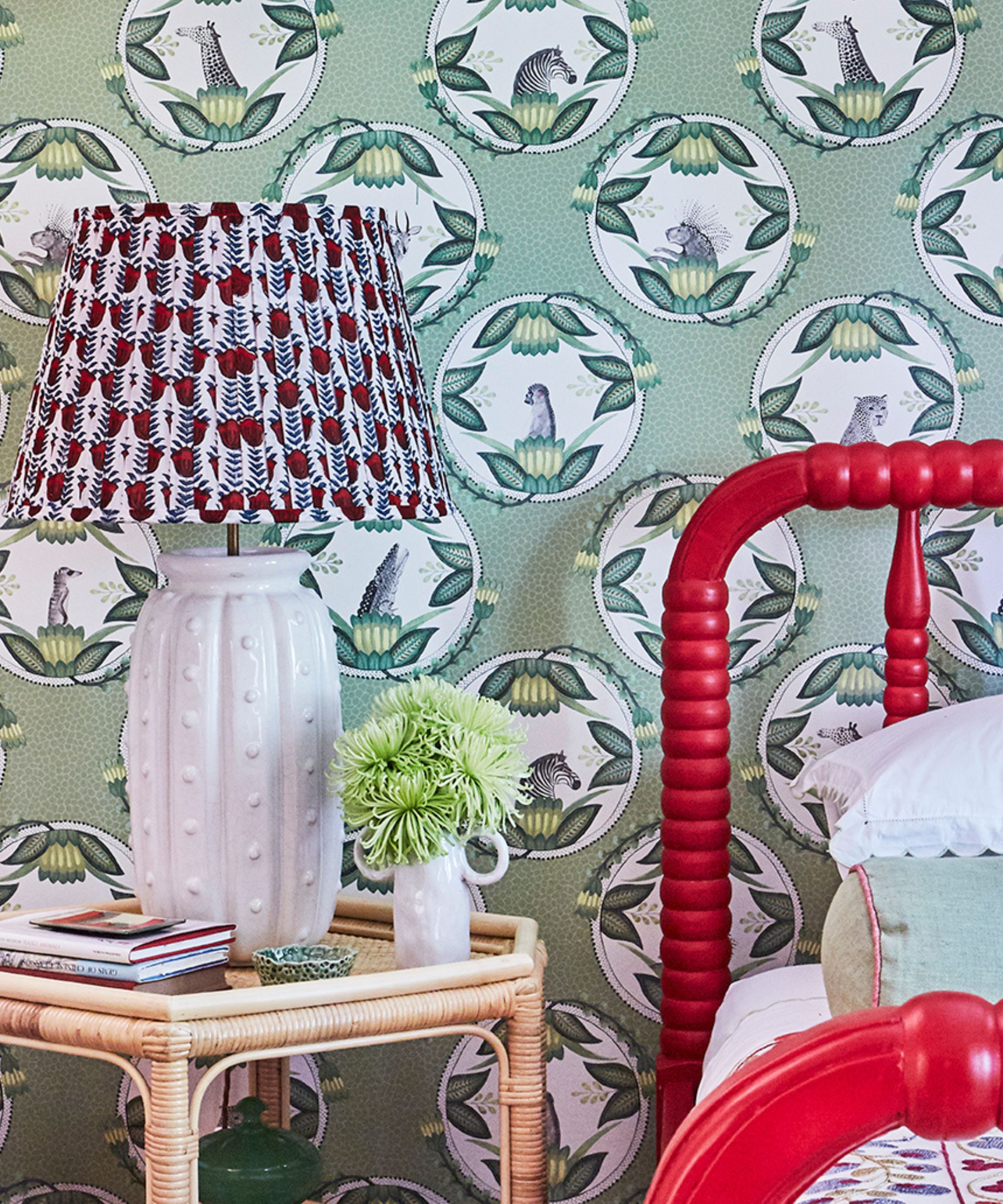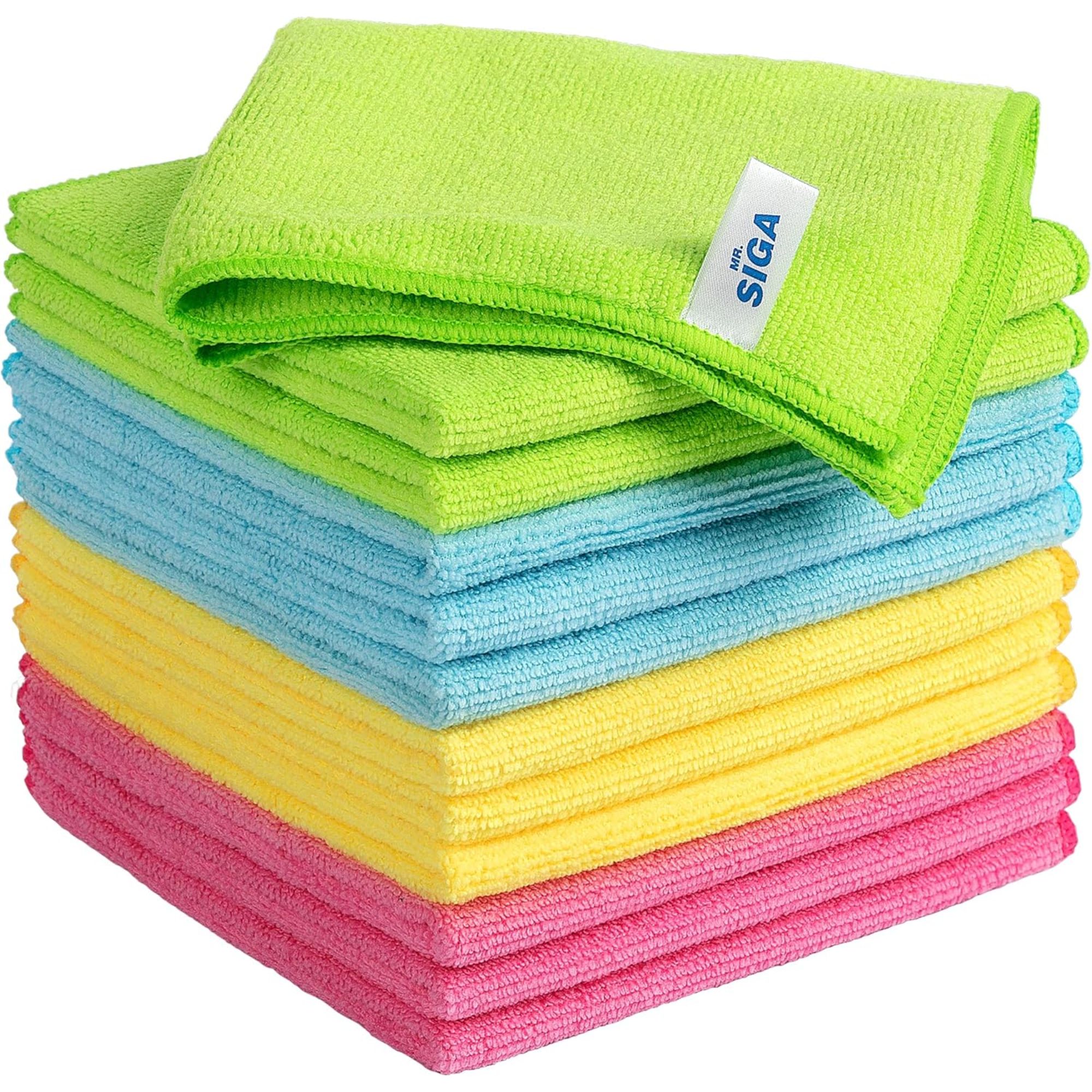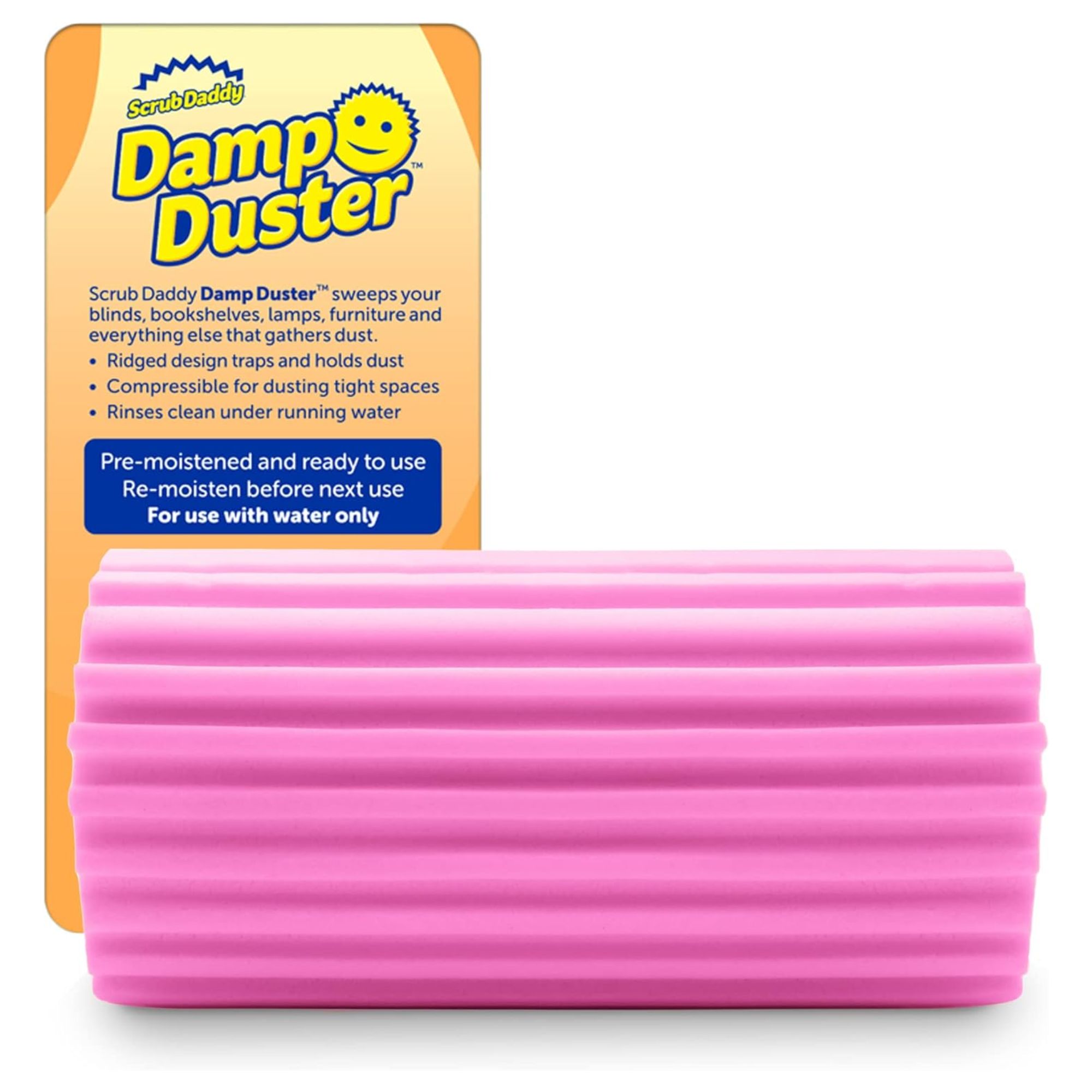I swear by this 1 DIY dusting spray recipe to repel dust in my home – it's so affordable and easy to make
Successfully dust, clean, and prevent debris and dander from re-settling

Zara Stacey

In my home, there's a lot of dust. Like many, I struggled to get rid of it until a DIY dusting spray changed that.
Living with four dogs certainly doesn't help with dust and dander, but before this DIY recipe, I had tried everything, including using a regular dusting cloth, feather duster, and even a handheld vacuum. Nothing seemed to stop the dust from reappearing everywhere in my home almost instantly.
That was, until I learned this clever cleaning tip while catching up with a friend, who told me about her DIY dusting spray, which helps keep surfaces cleaner for longer, and even prevents dust from settling in the future. Since trying it, it's made my home so much easier to keep dust-free.
How to make this DIY dusting spray
Luckily, I didn’t have to do any shopping to make up this homemade dusting spray, as I already had all the ingredients in my cleaning supplies and pantry – you probably will, too.
What you will need
- An empty spray bottle: such as the Zep Professional Plastic Spray Bottle available at Walmart.
- Half a cup of warm water
- One teaspoon of olive oil
- One teaspoon white vinegar: such as the Great Value Distilled White Vinegar available at Walmart. You can also use this for cleaning with vinegar, too.
- One drop of dishwashing liquid: I recommend Dawn Platinum Dishwashing Liquid available at Amazon.
- A few drops of essential oil: citrus works well, such as the Majestic Pure Lemon Essential Oil available at Amazon.
- A microfiber cloth: such as the Great Value Multipurpose Microfiber Cloth available at Walmart.
As Carolina Kazimierski, co-owner and president of Sophia's Cleaning Service, says, 'These ingredients should be pretty easy to prepare, and I love how they're common items most people will already have in their home!'
To make, she advises, 'You can pretty much just add all of these one by one to a spray bottle and give it a swirl or a shake.' I've found that the order in which you add them doesn't matter. 'One thing to note, of course, is that the oil will separate, so I'd definitely recommend giving your spray bottle a good shake to re-combine the ingredients before each time you use it.'
Then, simply lightly mist the solution onto a microfiber cloth, such as the hard-wearing Mr.siga cloths from Walmart, before wiping areas where dust accumulates. This includes areas such as furniture, baseboards, and blinds.
Design expertise in your inbox – from inspiring decorating ideas and beautiful celebrity homes to practical gardening advice and shopping round-ups.
I never spray it directly onto surfaces when dusting, to avoid oversaturation and any streaky or sticky residue.
How this DIY dusting spray works

My bookshelves are one of the biggest problem areas in my home when it comes to dust.
So, how does this homemade dusting spray work to remove dust? As my friend explained, the oil helps to prevent dust from re-settling on surfaces, while also making it easier to remove. Karina Toner, cleaning expert and operations manager at Spekless, agrees.
'The vinegar breaks down grime and eliminates light bacterial buildup, while the oil traps and lifts dust particles, rather than pushing them around,' she explains. 'The water acts as a carrier, and cleaning with essential oils can offer mild antimicrobial properties.
'Unlike dry dusters, this spray attracts dust through the oil’s tackiness, helping to remove it from surfaces instead of just redistributing it into the air. The vinegar also helps remove any sticky residue or film left behind by dust or previous cleaning products.'
And, as Carolina adds, 'The olive oil, of course, should help leave your surfaces with a nice polished sheen, along with naturally working to repel dust.'
The only drawbacks to consider are that this DIY dusting spray isn't ideal for glass or delicate surfaces, like when cleaning dust from a PC without compressed air, for example. In this case, it's best to use a microfiber cloth alone, or a delicate duster, such as the OXO Good Grips Microfiber Delicate Duster available at Amazon.
'The inclusion of vinegar could mean it's a little too harsh for certain wood finishes, or on natural, unfinished wood,' adds Carolina. As I mentioned, it may also leave a slight residue if overapplied.
But, as Carolina recommends, 'As long as you are properly diluting your vinegar, this should still be safe on most finished wood – you might just want to test it out first on a small spot.'
You can use a simple DIY window cleaning spray with essential oil on glass and stainless steel.
My verdict

My bedroom is also a hotspot for dust.
Of course, nothing can completely eliminate dust from the home, and I'm always going to have to get rid of dust in the bathroom, prevent dust in the bedroom and, in particular, dust open shelves. That is something I am just going to have to accept.
However, my friend's DIY dusting spray has meant less dust is accumulating between cleans. I’ve found all sorts of surfaces have stayed looking clean for longer, and that when I do come to clean again, there’s less to deal with, which has been a real time-saver.
There is still dust on the floor, of course, but it’s nothing a quick run around with my best vacuum can't sort.
My verdict? Anything that can make the surfaces that little bit cleaner for longer is a win. Making your own cleaning sprays is also a brilliant way to make your home less toxic.
What to shop
All prices were correct at the time of publication.

These ultra-soft, absorbent, and lint-free microfiber cloths are ideal for dusting and color-coded cleaning. Skip fabric softener when washing to avoid its absorbency being compromised.

Chiana Dickson, content editor on Solved here at Homes & Gardens 'swears by' this Damp Duster, and says it has 'changed her life for the better.' It effectively removes dust with just water. Importantly, though, keep an eye out for any signs it's time to replace your Damp Duster, such as bad odors or mold forming, as, while reusable, they don't last forever.

For any areas you can't reach with your DIY dusting spray and a cloth, these extendable dusters are ideal for trapping and locking dust in high corners.
FAQs
What is the best thing for dusting?
A DIY cleaning spray can be one of the best things to use when dusting all around the home, whether you’re cleaning a living room or cleaning a bedroom.
If you're looking to repel dust by banishing static, try using a dryer sheet hack to speed clean baseboards. It's a quick and effective way to banish dust.
Is it better to dust with a wet or dry cloth?
A wet cloth, or rather one that’s a little damp, is better for dusting. A dry cloth can simply move the dust around, rather than completely removing it from surfaces.
A moist microfiber cloth, or one that has been sprayed with a cleaning solution, will pick up and trap the dust more easily, and give your surfaces a good clean at the same time.
Cleaning using the top-to-bottom rule will avoid moving dust from one surface to another. Cleaning lower areas first before tackling items up high will be one of the reasons your home gets dusty so quickly.
Meet our experts

Since being founded in 1984, Sophia's Cleaning Service has become one of the most trusted cleaning companies in La Grange, Illinois, tackling everything from removing dust to deep cleaning.

Located in the Washington D.C. region, the team at Spekless are experts when it comes to removing dust efficiently and effectively.
Don't forget to tackle the overlooked spots you're forgetting to dust with your homemade dusting spray, from the top of the fridge to light switches.
Cleaning high-touch surfaces before and after guests will also reduce the spread of viruses and bacteria.

Ottilie joined Homes & Gardens in 2024 as the News Writer on Solved, after finishing a Master's in Magazine Journalism at City, University of London. Now, as the Sleep Editor, she spends her days hunting deals and producing content on all things sleep – from mattresses and sheets to protectors and pillows, all of which she tests in her own home. She also has particular expertise in home fragrance, covering everything from candles to reed diffusers.
Previously, she has written for Livingetc and Motorsport Magazine, and also has a Master's degree in English Literature and History of Art from the University of Edinburgh, where she developed a love for inspiring interiors and architecture.
- Zara StaceyContent Editor